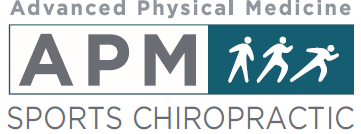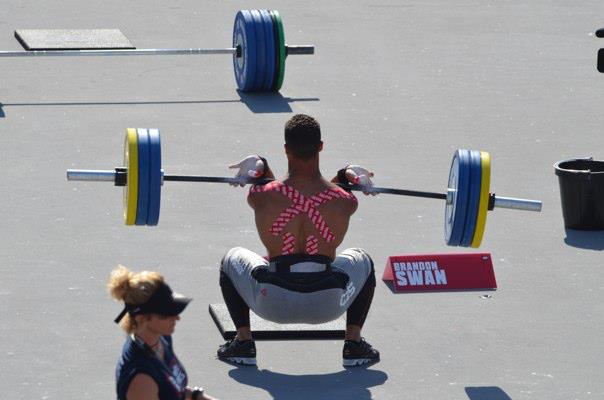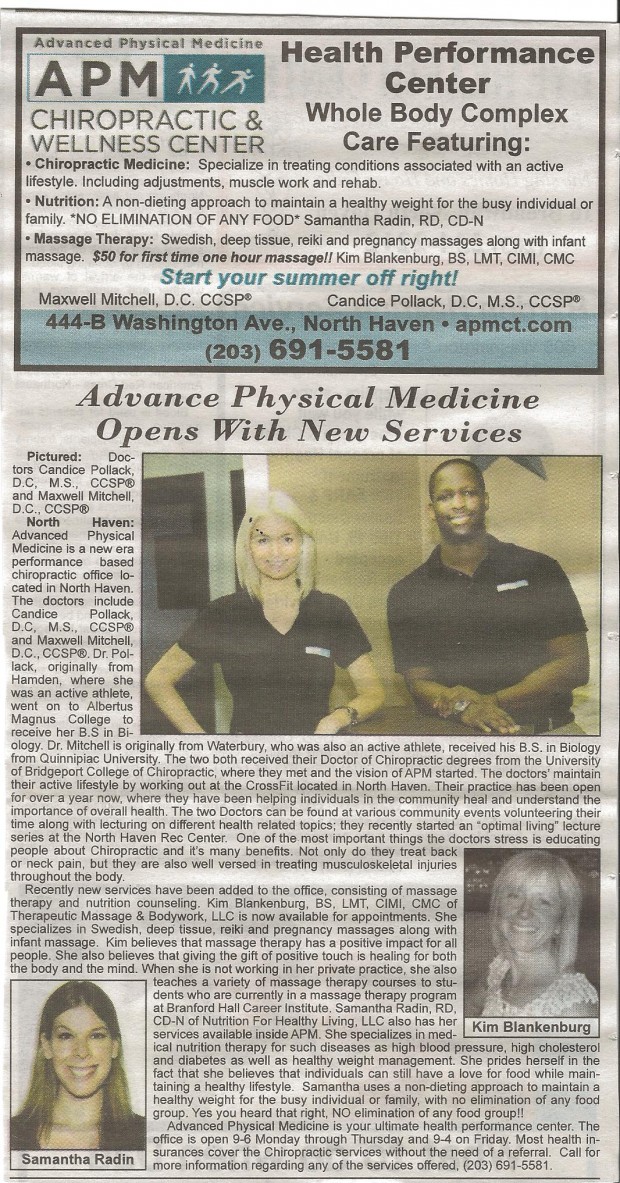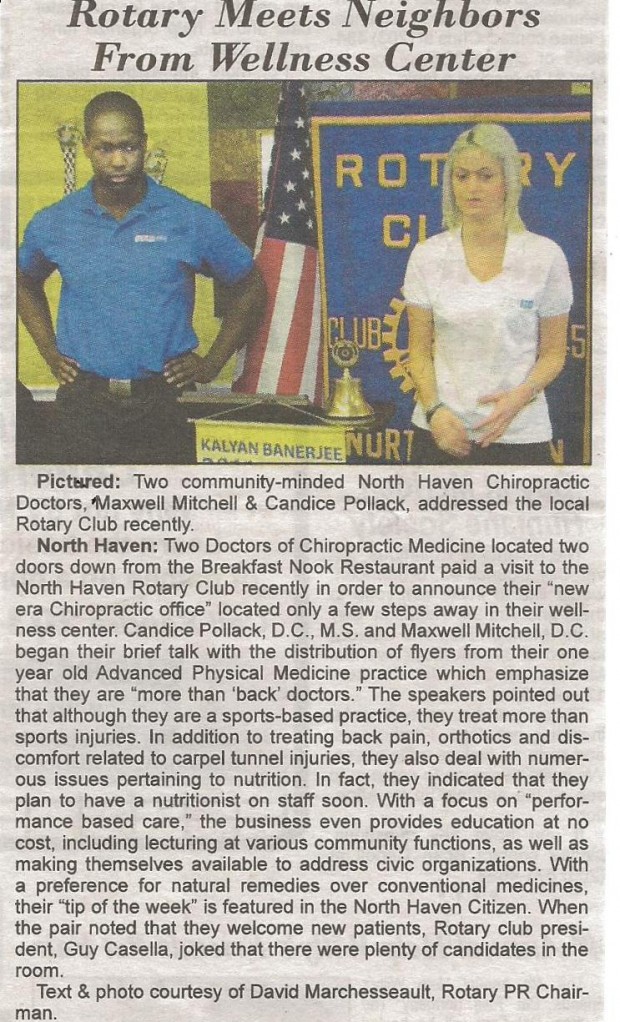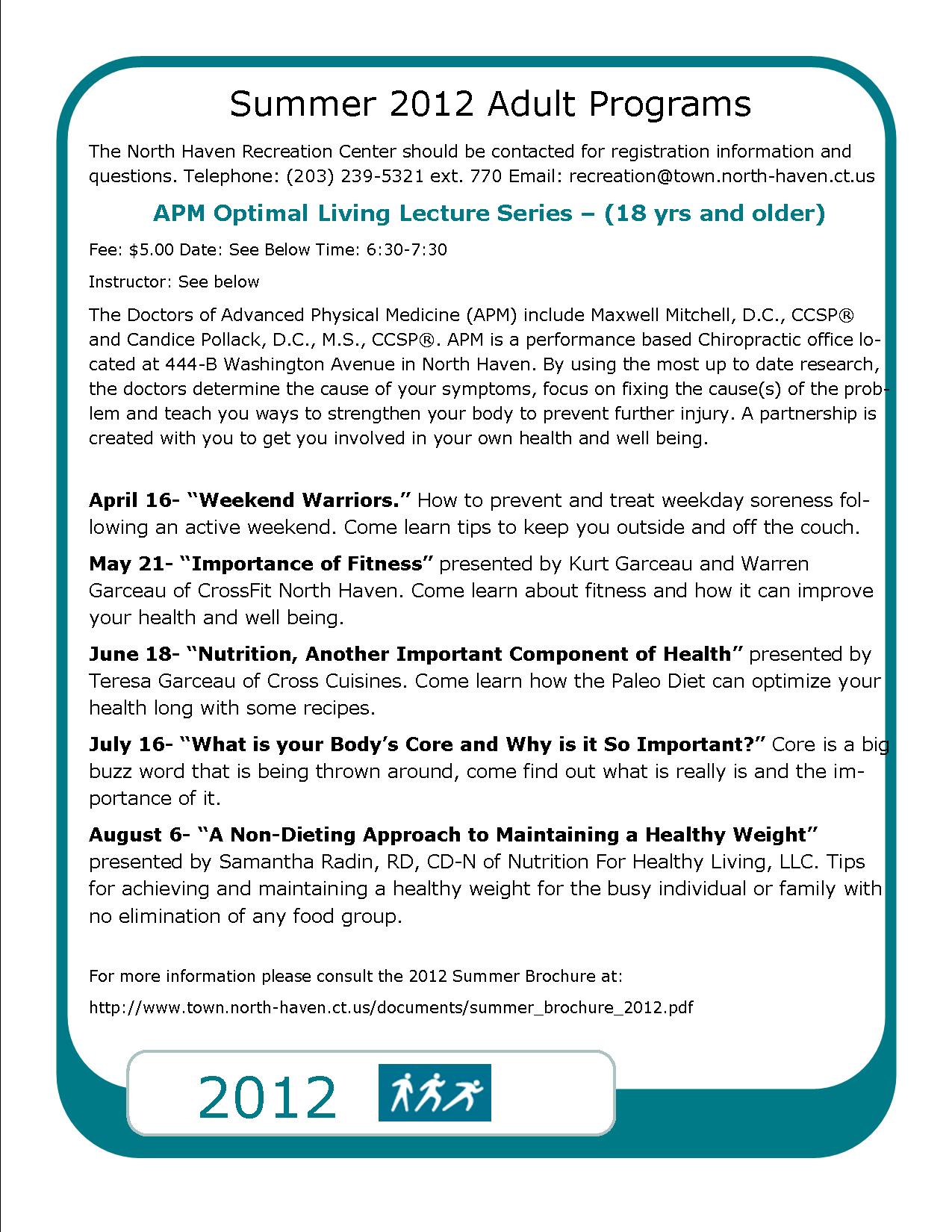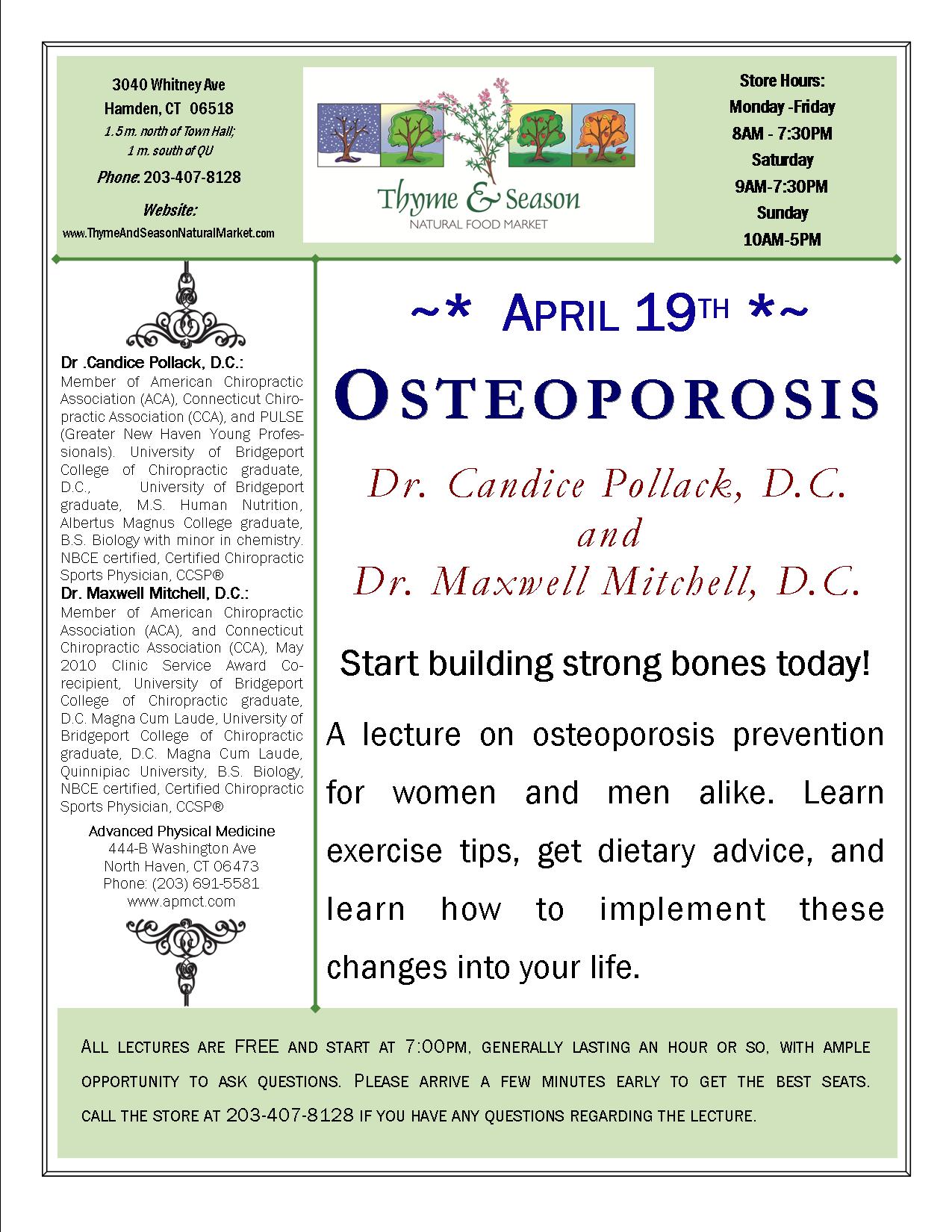What is electrical muscle stimulation? How does it work? What does it do? Electrical muscle stimulation (EMS) is a frequent treatment found in chiropractic and physical therapy offices, and even in many trainer rooms. Many people like the way this treatment feels because it is usually very relaxing, but how is it actually helping your injury?
Electrical muscle stimulation is typically used for two reasons: rehabilitation or therapeutically.
For therapeutic treatment, electrical muscle stimulation is used to increase blood flow around an injured area which in turn decreases inflammation. The increase in blood flow also allows vital nutrients and cells to access the injured area to help with the healing process. The electric impulses also help to decrease spasm in a muscle. Muscle spasm is commonly seen around an injured area, it is the body’s reaction to protect itself from further injury. The body also releases natural pain relievers including endorphins in response to the electrical current.
